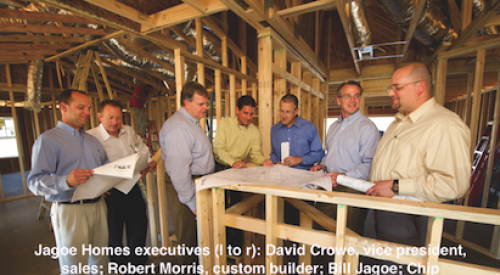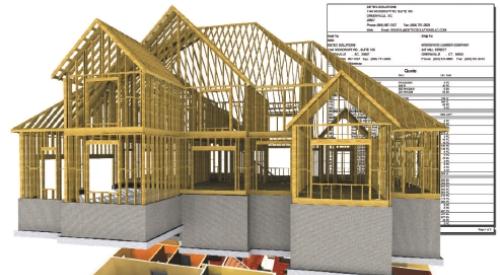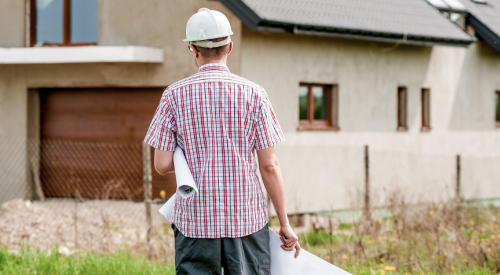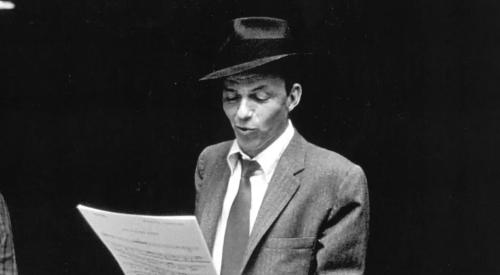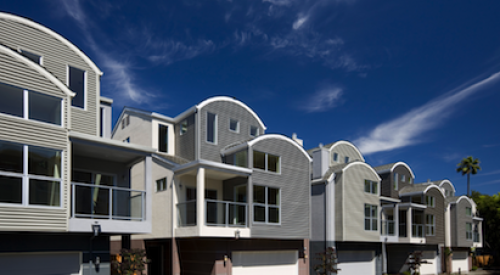Two years ago, at the height of the global financial crisis, investor Warren Buffett pulled out this gem of a quote to describe the situation. “It’s only when the tide goes out that you learn who’s been swimming naked.”
And while this is an accurate expression of what happens to weak businesses when there is a downturn in the business cycle, it seems particularly apt as a description of the builder market before and after the housing market bubble burst.
In 2006, many tens of thousands of newly minted builders were riding high. During the run-up, doctors, lawyers, retirees, and many others had recently joined the ranks of builders and quickly made money. Then, in a flash, the tide went out revealing that most, if not all, of the Johnny-come-lately builders were indeed “swimming naked.” They were woefully unprepared for what happened.
Beyond all of the sidelined Johnny-come-lately builders who were quickly swept aside, many experienced and talented building professionals were also revealed as being not prepared enough for this particularly harsh business cycle and suffered the same fate. This month, we feature our Builder of the Year, Jagoe Homes, of Owensboro, Ky., which was extremely well prepared for the housing bust. Yes, there are market-related reasons why Jagoe beat the odds in this super-tough housing cycle. The markets they serve did not experience the high-highs and thus did not have as far to fall. But this company and their leadership had prepared, laying years of groundwork by investing in the fundamentals of their business so that they were able to compete and gain share in a declining market.
In the early 2000s, while many builders were focused on buying land or controlling it, the focus for Jagoe Homes was on how to reduce the number of non-construction-related activities and processes. By investing in the right consultant and committing to his recommendations, they were able to reduce the number of those processes from 278 to 132. Indeed, the Jagoe Homes story is a series of stories about the success of many important internal improvements that, over time, made them the competitor that they are today. Today, Bill and Scott Jagoe are justifiably proud that their company was built to earn a good profit on their building operations, not land appreciation. Ironically, their current success is affording them the opportunity to look at many attractive development deals that would be very competitive in an ordinary market — to the victor goes the spoils.
Looking back, many of the building firms that did not survive the downturn were indeed profiting mostly from land. Looking ahead, it is clear that it will be quite a long time before land appreciation will be a significant factor in a building company’s profitability. That is why it seems to me that there is a lot to learn from Jagoe Homes.
In your planning for 2011, are you hunkering down, or are you taking a more proactive stance? In either case, a focused approach on business improvement that leads to greater operational efficiency is required. Isolate on the one or two areas where you stand to gain the most in return and, like the Jagoes did, get your team committed to getting them done. Not only will the business become more rewarding after a few down years, but when the housing market and the economy begin to improve and the tide comes back in, your firm and team will be ready to take full advantage. And you won’t be, as Buffet colorfully described, “swimming naked.”

